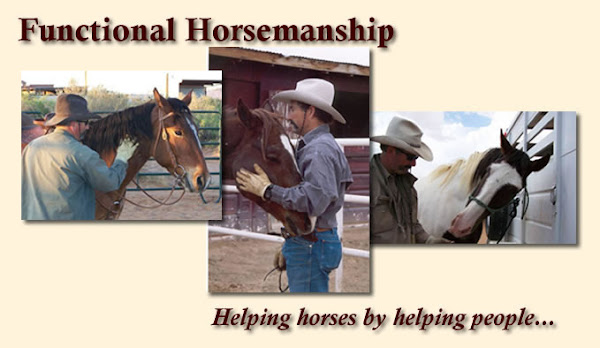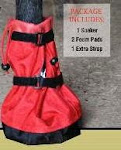Richard wrote me to ask about using MSM and Yucca for his 17 year old Gelding who he had been using as a roping horse but now appears to be having trouble in his joints.
Seventeen years old, on a sound horse, can be yesterday's twelve year old, meaning it seems like more horses are not only living longer but are being used much more into thier late teens and twenties. But hard use can be hard on a horse's joints, more so when combined with less than adequate nutrition.
MSM (Methylsulfonylmethane) and Yucca are common ingredient in Horse joint products.
MSM (Methylsulfonylmethane) is marketed to provide joint comfort and cartilage health. MSM is a type of sulfur and thought to be a ingredient necessary for collagen health or development. MSM is also an anti-inflammatory and therefore probably reduces pain to some extent.
Yucca (see picture at top of post) is a common plant found out here in the desert where I live. It is readily identified by it's stalk and flowers (see photo at right). The flowers,or sometimes called Yucca bulbs, grow in the late spring and are moist. They become dry in the winter and often break apart in the wind, spreading seeds that are almost black in color. The moist bulbs are edible by humans and cows. They taste like lettuce. I had a horse who loved to pick at Yucca bulbs but too much is not good for them so I would only let him eat one or two on any one day.
Yucca is an anti-inflammatpry and pain reducer. Which, like I wrote above, is often found in joint supplements, for humans as well as horses. In fact, if you a section of Yucca base (see picture left) from which the sharp spines grow out of, or what is below that and growing from the ground, you can harvest a section of it and scrap out the inner pulp like material and mix in water. It will make a soapy type of solution. This will make arthritic hands feel better and can be used to rub on a horse's legs after a long ride. I suspect some people figured that out a long time ago and probably did just that.
In any event, both MSM and Yucca can mask the pain from joint issues. Most reports from independent scientists either cannot confirm or don't believe that MSM or Yucca can be consumed with any benefit, but if they are wrong, and you decide to use either, then consider that neither product has much of a chance of helping if you don't get a high quality source of these ingredients.
The scientist's I have talked to do believe that a quality Glucosamine product and Vitamin C work to provide nutrients for joint health and can actually build stronger connective tissue and cartilage. Sure, if you have have a horse with extensive wear on his joints, like race horses and arena roping horses, Glucosamine probably won't give immediate relief. Hence the possible use of the natural pain relievers and anti-inflammatories.
I would get a Vet to check your horse. Sometimes x-rays can give you a good idea on what going on in your horse's joints. I have one horse, 19 year old gelding, currently on joint supplements. It is a Glucosamine based product and I think it is helping him to some extent. But this is a treatment that I think you may have to do for six months or more to see any result. Let me know if you begin using something and how your horse does on it. Safe Journey.

























